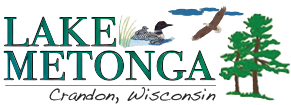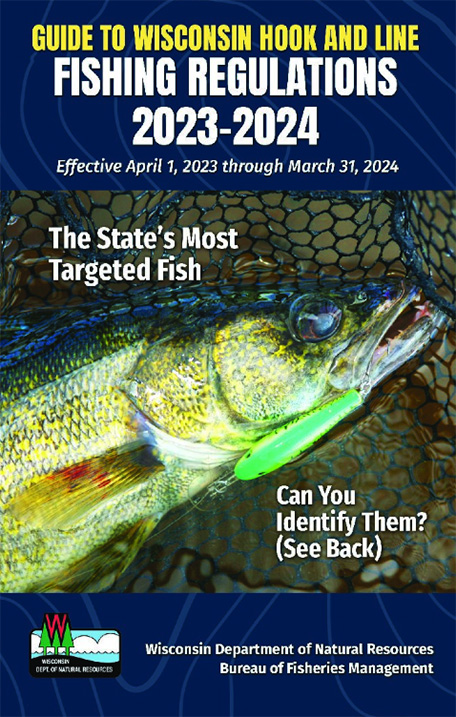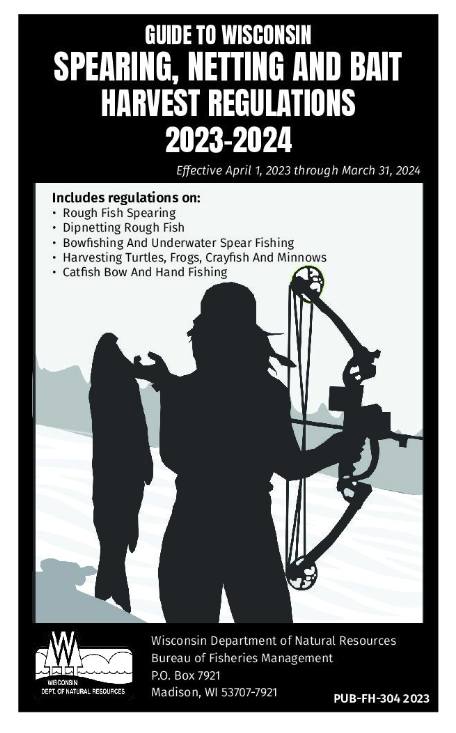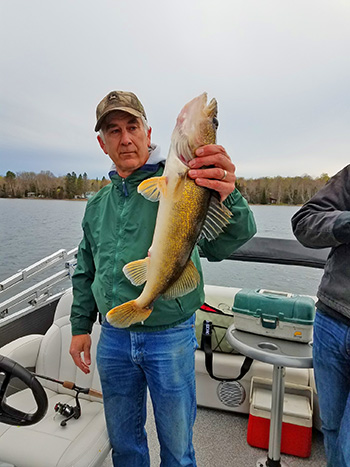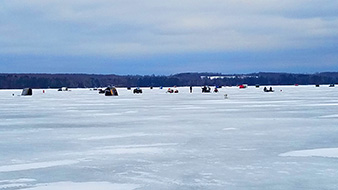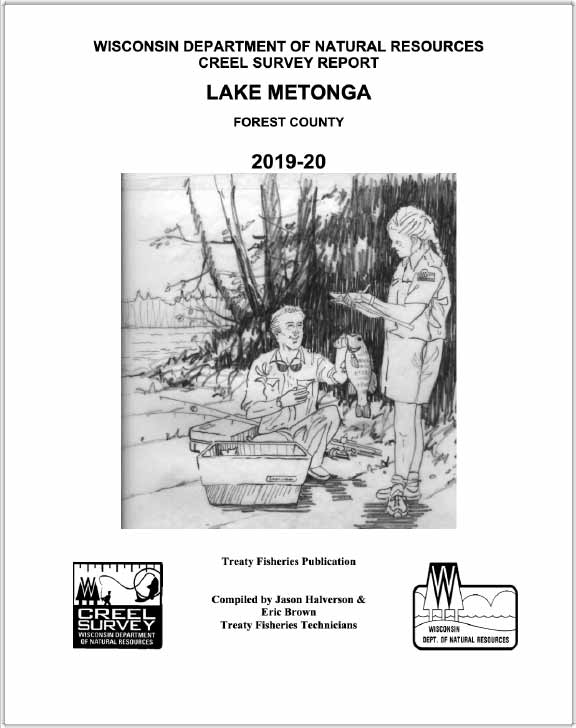Fishing
Smallmouth Bass, Perch and Walleye are common to Lake Metonga. Panfish, Largemouth Bass and Northern Pike are also present. The lake’s water clarity is very clear with visibility down to 20-30 feet.
Bait and tackle are locally available at Tamarack Outfitters in Crandon.
Follow the link below for complete fishing regulations on Lake Metonga.
For specific fishing and boating information from Wisconsin Department of Natural Resources, please click the links below:
